
Bond physiotherapy student spends week with New Zealand Super Rugby franchise
What’s it like to be a Bond physiotherapy student?
Well, for one, you get to experience incredible clinical placements!
Take Bond University Doctor of Physiotherapy student Dougal Hicks, for example. He’s spending his 10-week placement in New Zealand with the Chiefs, a professional rugby union.
The Bond DPT features up to 1,400 hours of learning in a clinical environment. Clinical practice experiences are designed to produce work-ready, entry-level graduates who are competent to practice across the lifespan in a range of environments and settings—including stunning New Zealand!
Here’s an excerpt from Dougal’s diary for his first week.
Monday, February 26
My first day was more of an orientation day where I was kitted out with the gear that will be my uniform for the next ten weeks and familiarized myself with the main landmarks of the Chiefs’ HQ, being the gym, physio and medical rooms, taping rooms, strength and conditioning offices and coaching staff offices.
I was also introduced to a couple of players, Tyrone Thompson and Etene Nanai-Seturo as well as the medical, coaching, administration and commercial staff of the men’s Super Rugby squad.

After getting to know head physio Teresa Te-Tamaki and one of the assistant coaches Liam Messam, a former All Black and most-capped Chiefs player, over a coffee, we went to FMG Stadium in Hamilton where the Chiefs Manawa (women) are based.
The afternoon was spent observing their training and shadowing some treatment of the women after their trial game versus the Auckland Blues on Friday, which was a curtain-raiser to the men’s game.
Tuesday, February 27
Today was a training session five days out from the Chiefs’ Super Rugby game against the Brumbies.
It started with a team meeting where I was formally introduced to the team, followed by a review of the season opening game against the Crusaders which the boys won 33-29.
Then they were into the gym and a ‘clarity’ session where they walk through the tactics they’ll employ against the Brumbies.
This was then followed by lunch and strapping prior to the main team training where they run through at full pace some of the plays rehearsed in the morning.
The afternoon is spent treating injured players in the medical room.
Wednesday, February 28 – Sunday, March 3
Out with Covid.
Monday, March 4
I finally got back into things after a five-day Covid-enforced break and was excited to be able to treat some senior players, specifically Aidan Ross, Josh Lord and Jimmy Tupou prior to the players’ meeting.
These were the non-travelling players who were not in Australia preparing to play the Reds in Brisbane on Saturday.
This was then followed by a gym session, then a transition period during which the medical team strapped players prior to a heavy contact session.
I personally strapped Aidan Ross’s thumb, Malachi Wrampling’s ankle and Tom Florence’s shoulder.
This was the first time I had worked on full time professional rugby athletes in this environment and their approach to rehab is different to what I have been previously exposed to.
They’re able to commit to their rehab and training all day with structured rehab, strength and conditioning and appropriate skill training with load changes to minimize disruptions to their return-to-play date.
Their preparation is very deliberate and structured which was very insightful. They completed a heavy contact session followed by more treatment, specifically for Aidan Ross who had some issues with his quad we needed to get on top of before he flew to Australia to replace suspended prop Jarred Proffit.
Then I rode to the stadium to help out with the Manawa team, which involved observing a Pilates session and then assisting in some treatment slots for players after their win against the Hurricanes Poua on Saturday, March 2.
Tuesday, March 5
We travelled to FMG Stadium for one of the main sessions for the women leading into an important game versus the Blues in South Auckland on Saturday afternoon.
It involved treatment sessions and assessments with the Manawa doctor, followed by a team meeting where the coaches reviewed the win over the Hurricanes and also previewed the upcoming game.
There are many similarities between the men’s and women’s programs, and it was familiar territory for me as they went into an indoor clarity session at the stadium.
Then it was a refuelling session and field prep involving strapping of players such as Ruby Tui, a Black Ferns legend, and Bitila Tawake before the main session.
This was a heavy contact day where the intention was to load the players’ shoulders with some collisions in scenarios expected for the weekend.
The day wrapped up with more treatment sessions with some girls requiring further return-to-play protocols leading into Saturday.
Wednesday, March 6
Today was a shorter day as both the non-travelling men’s squad and the women’s team had a scheduled non-training day which gave me the opportunity to learn a bit about the Chiefs’ injury prevention and rehabilitation practices.
I spent the morning with one of the assistant physios, Ema Pene, who ran treatment sessions for some players with longer-term injuries.
It was very informative as we discussed some of the long-term implications of their injuries as well as some tweaks to be made within their TeamBuildr apps (gym programming software the Chiefs use) to get the best return-to-play outcome for the athletes.
Thursday, March 7
Thursdays are always big days at professional football clubs in-season.
We were at the Chiefs HQ for a heavy contact and loading day for the girls prior to playing the Blues women in Auckland.
The girls started with a ‘primer’ gym session in the morning with some treatment sessions in-between gym and a ‘clarity’ field session where they went through some plays and field maps in a more controlled environment prior to team training.
Lunch was provided for the players and management prior to team training which was a scenario-based heavy contact session.
This involved heavy set-piece training into more ‘chaotic’ type scenarios.
Another round of treatment sessions for specific players finalized the day for the Manawa squad.
Friday, March 8
The day before a game is always ‘captain’s run’. It’s a half day where some final preparations are done, the weekend’s plans are reinforced one last time and the players do some light and fun activities just to keep the legs ticking over ahead of the big game.
At the Chiefs this involved a team challenge with a forwards versus backs catwalk in the gym, followed by a meeting clarifying certain plays needing to be run through during the captain’s run.
The captain’s run was short and sharp, with the girls then practicing their Haka prior to Saturday.
It was a nice touch when a prominent political figure in Waikato, Hana-Rāwhiti Maipi-Clarke, presented the girls’ jerseys. Treatment sessions occurred after the presentation.
Saturday, March 9
Game day in Auckland at Pakuranga United Rugby Club.
It started with a tumultuous bus ride to the ground from Hamilton where a 20-plus kilometre traffic snarl resulted in a mad scramble to get everyone strapped, physio work for those who needed it and then properly warmed-up before kick-off.
My game day role was strapping and checking in on players that were subbed off regardless of the substitution being a tactical or injury replacement.
After the game I assisted any injured players to get medically assessed by the head physiotherapist as well as the doctor.
It was a tight game with the Chiefs lucky to have a Blues try disallowed on full time due to a knock-on to come away winners 17-10.
The experience as a whole was a mix of emotions, being stressful with the bus trip issues, but also very intense and exciting with the up-and-down nature of the second half resulting in a Chiefs win.
There was a super-positive vibe in the changerooms after the match, with the post-match function involving traditional Māori songs being exchanged by both teams.
Sunday, March 10
Today was an injury check-in day.
We were fortunate to have only one girl with a minor complaint. Azalleyah Maaka got a bump on the knee from a clean-out – she is touch-and-go for playing next week depending how her week goes with running load and contact/collision tolerance.
The players were assessed firstly by myself and then the head physio.
This story was originally written and published by Bond University.
Study the Doctor of Physiotherapy at Bond University
The two-year Doctor of Physiotherapy at Bond University is an accelerated degree—three semesters per year instead of just two. This means you can graduate a year ahead of the rest.
Boasting 36 weeks of clinical placements (well over 1200 hours), Bond has highest placement hours in Australia and a strong emphasis on clinical experiential learning. Placements are sought in a variety of settings across the full spectrum of clinical areas including pediatrics, orthopedics, cardiorespiratory, musculoskeletal, neurological, ortho-geriatric, rehabilitation, chronic disease, disability, occupational, and sports practice—like world surf league championship!
Practical experience is also built into theoretical learning, with classes primarily delivered at the Bond Institute of Health and Sport. At this world-class testing and training facility, you’ll work with elite athletes and professional sporting teams using the most advanced testing equipment available!
Program: Doctor of Physiotherapy (DPT)
Location: Gold Coast, Queensland
Intake: May each year
Duration: 2 years
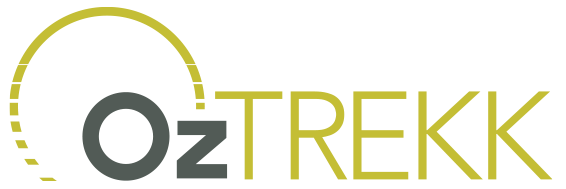
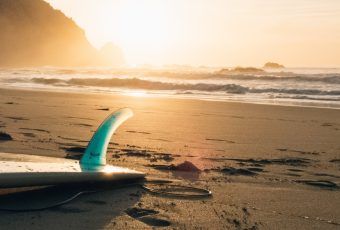

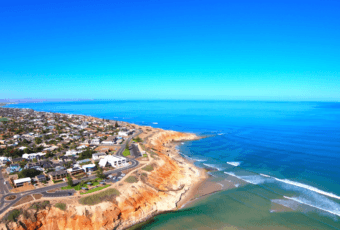
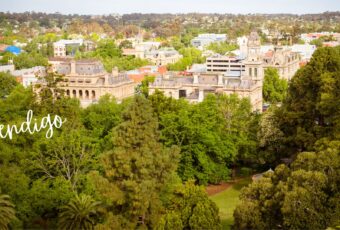
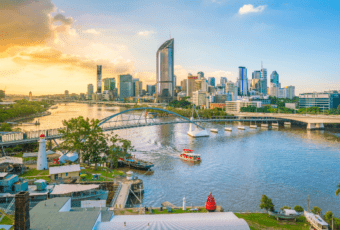

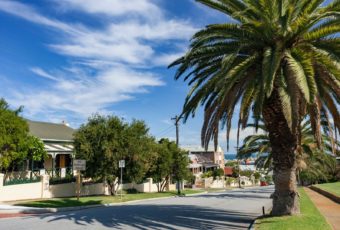

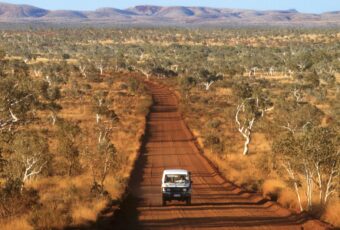
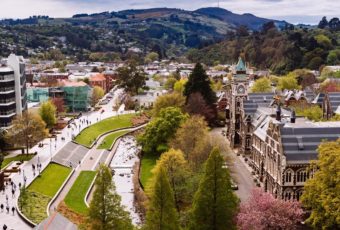

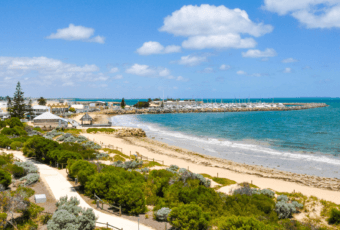
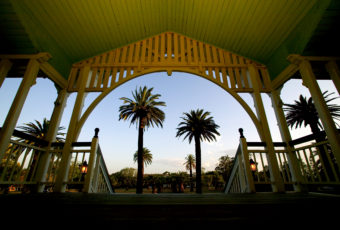
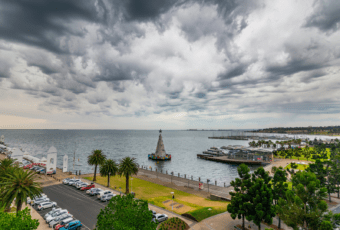
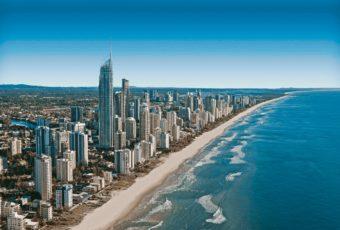
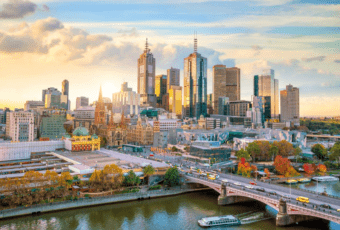

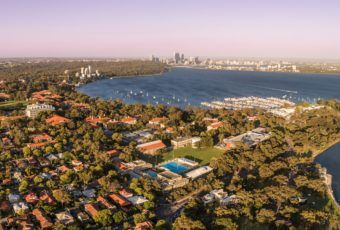
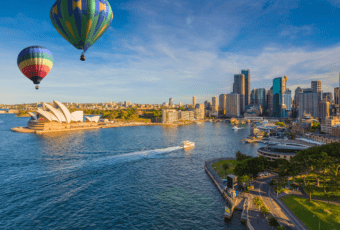





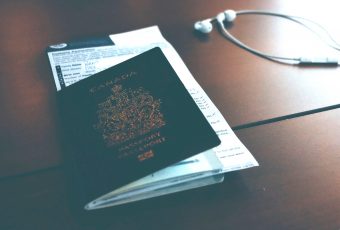

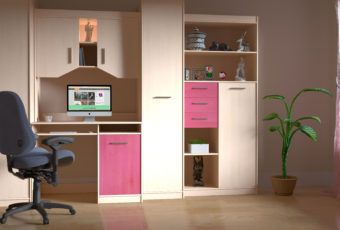
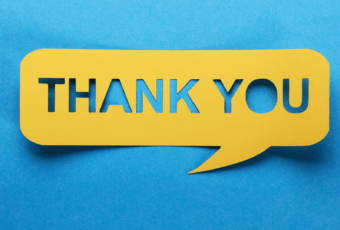


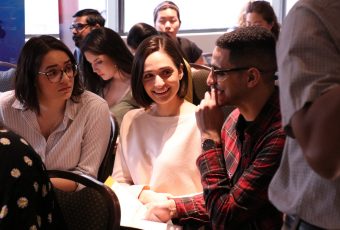



Ask A Question
Ask us about your program of interest, or if you have a question about our services.
CONTACT US TODAY